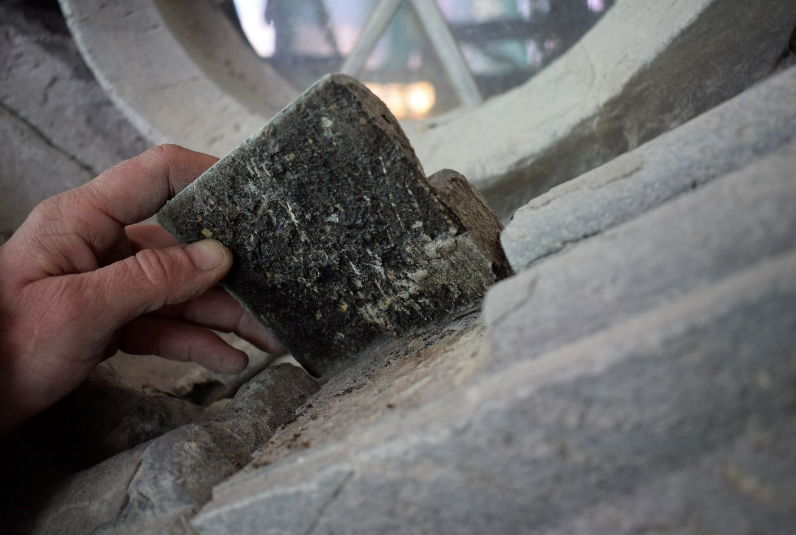Conservator Bettina Ebert at the Museum of Archaeology has been awarded eight million by the Research Council of Norway. She will be investigating the use of wood tar adhesives in the Middle Ages, and their future potential in the built environment.

A total of 36 out of 417 applications received funding through the Norwegian Research Council's "Research Project for Young Talents (FRIPRO)", and Bettina's project was the only successful one at the University of Stavanger. Research Project for Young Talents supports ground-breaking research, and the call was aimed at all disciplines and thematic areas.
The project is called “STICKING STONES: Rediscovering medieval wood tar adhesives for stone conservation” and will investigate the use of wood tar as a stone adhesive in the Middle Ages. This forgotten craft technique can hopefully contribute to solving the current problem of a lack of suitable adhesives within stone conservation. Thus, the research project can contribute to the future preservation of stone architecture.
The multidisciplinary project team consists of experts in conservation, archaeology, biology, history, materials science and geology. Together, they will carry out ground-breaking research into the historical use of tar as a stone adhesive.
What can we learn from medieval craftspeople to help preserve our cultural heritage in the near future?

The knowledge and technology behind 700-year-old tar repairs can be of help in developing new adhesive types for the conservation of stone architecture. The project takes inspiration from the discovery of several hundred medieval tar repairs on Stavanger Cathedral. These repairs shed light on a historic craft tradition.
With the help of extensive international fieldwork, the project will also investigate how adhesives were used in stone architecture in the Middle Ages elsewhere in Northern Europe. Studying the tacit knowledge that lies within these stone repairs is the key to understanding the craft behind tar adhesive repairs. In addition, analysis of historical samples will contribute to developing new, modern adhesive types. The use of tar as a stone adhesive presents a novel solution for conservation using alternative sustainable materials based on forgotten historical techniques.
